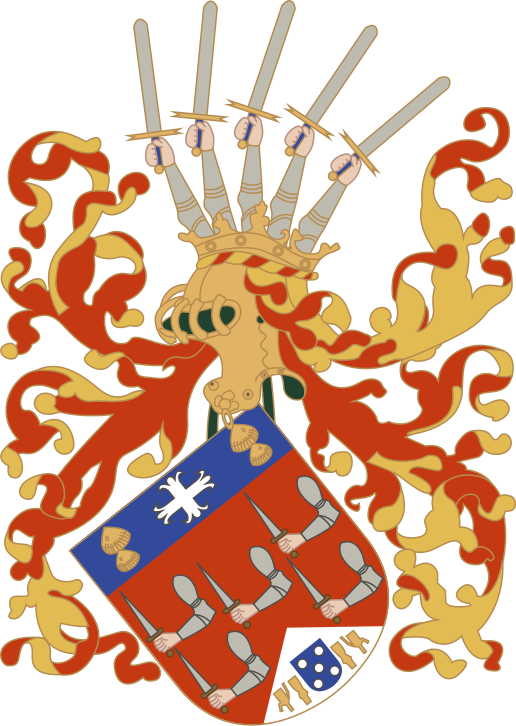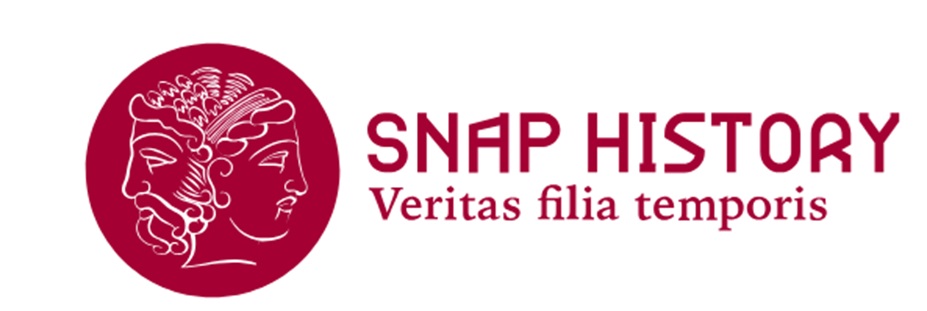The African kingdom that wanted to be European
Christianization and Europeanization of the Congo in the Modern Age

Among the many innovations introduced by Alfonso I in his reign was also a coat of arms on the European model. It contains several references to Christianity and European royalty: the cross, the helmet, the five swords (five like the wounds of Christ) and the Portuguese coat of arms itself, which breaks the pagan idols. - Commons Wikimedia
The ruler of the Kingdom of Kongo, whose title was Manikongo, Afonso I, baptized in 1491 and crowned king in 1509, undertook a significant process of Christianization and Europeanization of Kongo's society—a legacy continued by his successors. He forged important ties with the Portuguese, invited Catholic missionaries to settle in his kingdom, and built churches and schools where children learned catechism from local teachers known as “the boys of the king’s chapel.”
The kingdom’s nobles, referred to as fidalgos by the Portuguese, assimilated European customs. They adopted European titles such as “duke,” “marquis,” and “count,” and many embarked on diplomatic journeys not only to Portugal but also to Spain, the Papal States, the Netherlands, and even Brazil. Often, the children of the elite traveled to Europe for education; Afonso’s own son, Henrique, studied in Lisbon and was ordained a bishop by Pope Leo X in 1518. Even those who remained in Kongo had access to Latin and Portuguese education in schools run by missionaries.
The coronation ceremony of the Manikongo began to resemble European traditions, featuring a throne and an iron crown. In the sangamentos—traditional local ceremonies with war dances—warriors began wielding Manueline-style iron swords (similar to those used by the Portuguese), symbolizing their transformation from warriors into Christian knights. The names adopted by Kongo’s rulers and nobles (such as Afonso, João, Manuel, and Leonor) further reflected Portuguese royalty.
A notable legend also emerged, claiming that Saint James the Apostle appeared to aid Afonso in a decisive battle against his pagan uncle, with whom he was contesting the throne. This episode was inspired by the legend of Santiago Matamoros, who was said to have aided Catholic rulers during the Reconquista in defeating the Muslims.
All these developments contributed to the Kingdom of Kongo being recognized as part of the Christian nations and fostered among Europeans the image of a civilized and orderly society, governed by wise rulers to whom the people faithfully adhered.
Cecile Fromont, L'arte della conversione. Cultura visuale cristiana nel regno del Congo, Omohundro Institute of Early American History and Culture, 2014
Linda M. Heywood, Njinga dell'Angola. La regina guerriera dell'Africa, Harvard University Press, 2019
2025-05-09
Salvatore Ciccarello
